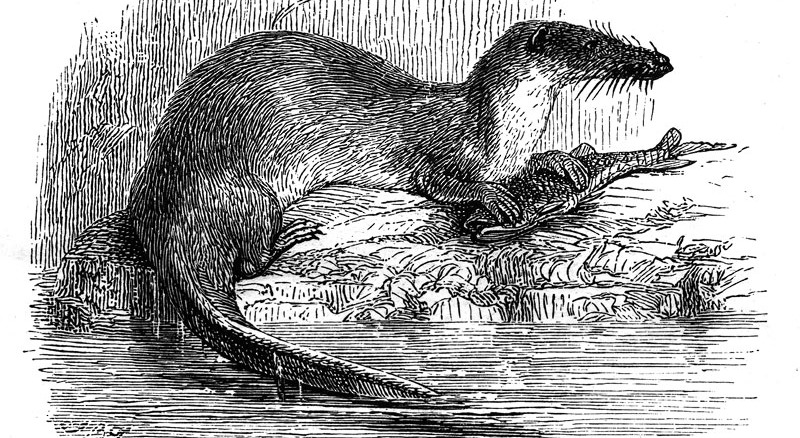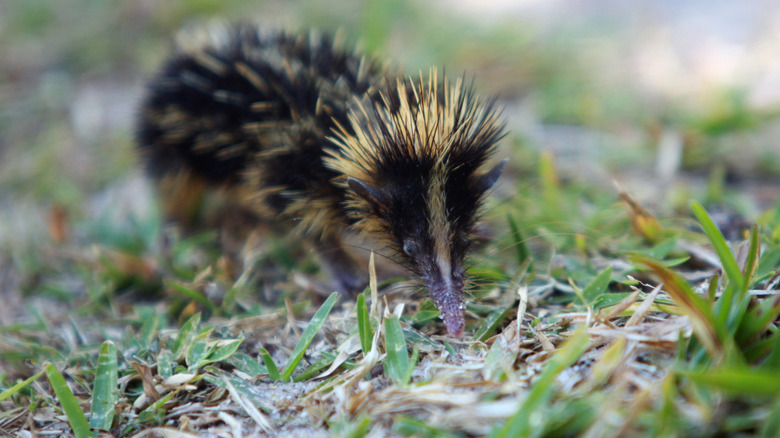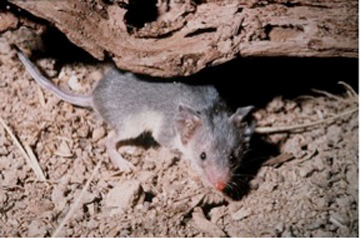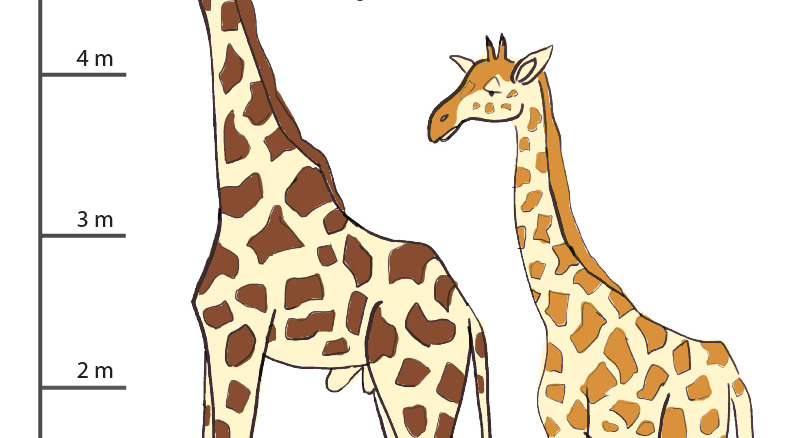By David Brown

Image: Rhett A. Butler
It is another sunny day in the Amazon rainforest. Butterflies flitter through the canopy of tall trees. Capuchin monkeys scamper along branches, chattering as they look for fruits and insect treats. They pay no attention as a mother and baby dolphin swim through the forest beneath them searching for fish.
Up in the tree canopy ant soldiers march out from their colonies scouting for prey to take back…
Wait a minute, did you just say that there are dolphins in the rainforest?
Yes, I did say that!
Meet the Amazon river dolphin, also called the pink river dolphin or boto:
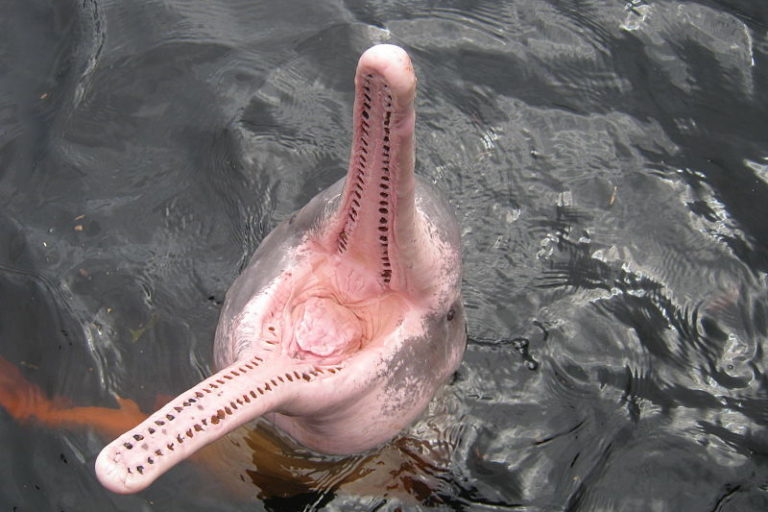
Jorge Andrade, CC BY 2.0 https://creativecommons.org/licenses/by/2.0, via Wikimedia Commons
Botos are one of only a handful of freshwater dolphin species in the world. For part of the year they live in the deep channel of the Amazon River in South America.
During the rainy season the Amazon River overflows its banks into the surrounding forests. These flooded areas are called igapó.
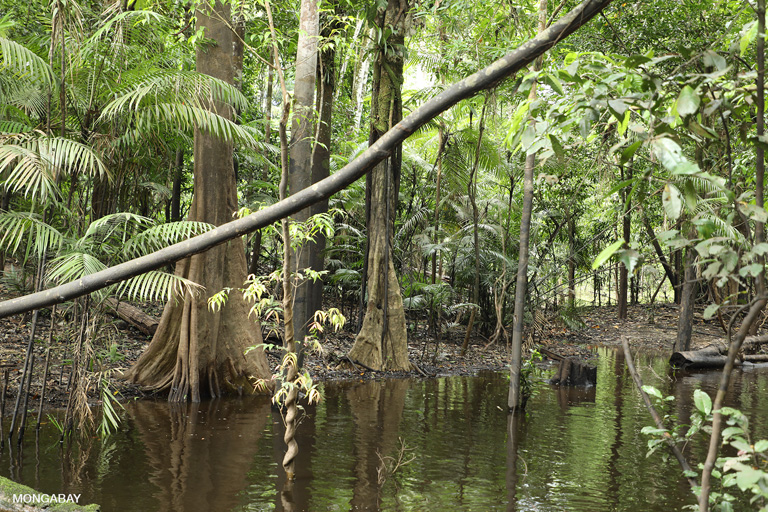
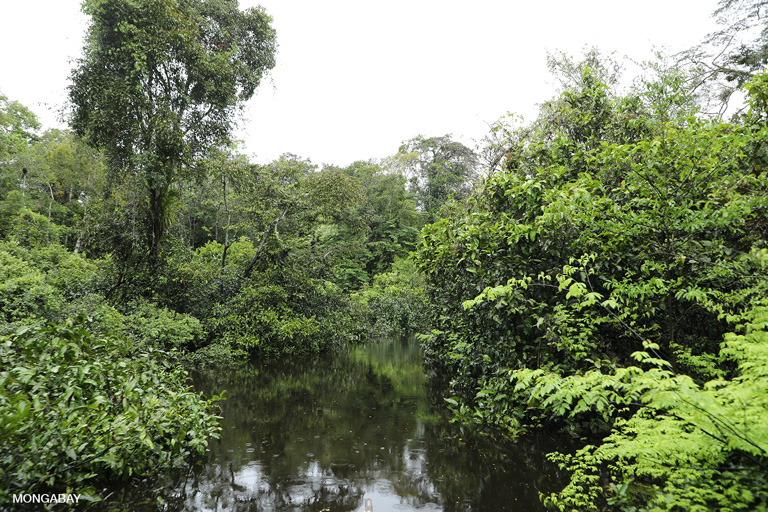
Flooded forest in the Amazon. Images by Rhett A. Butler
Several fish species follow the floods into the igapó. The fish feed on the fallen fruit and seeds in the flooded forests. Botos enter the igapó to eat the fish.
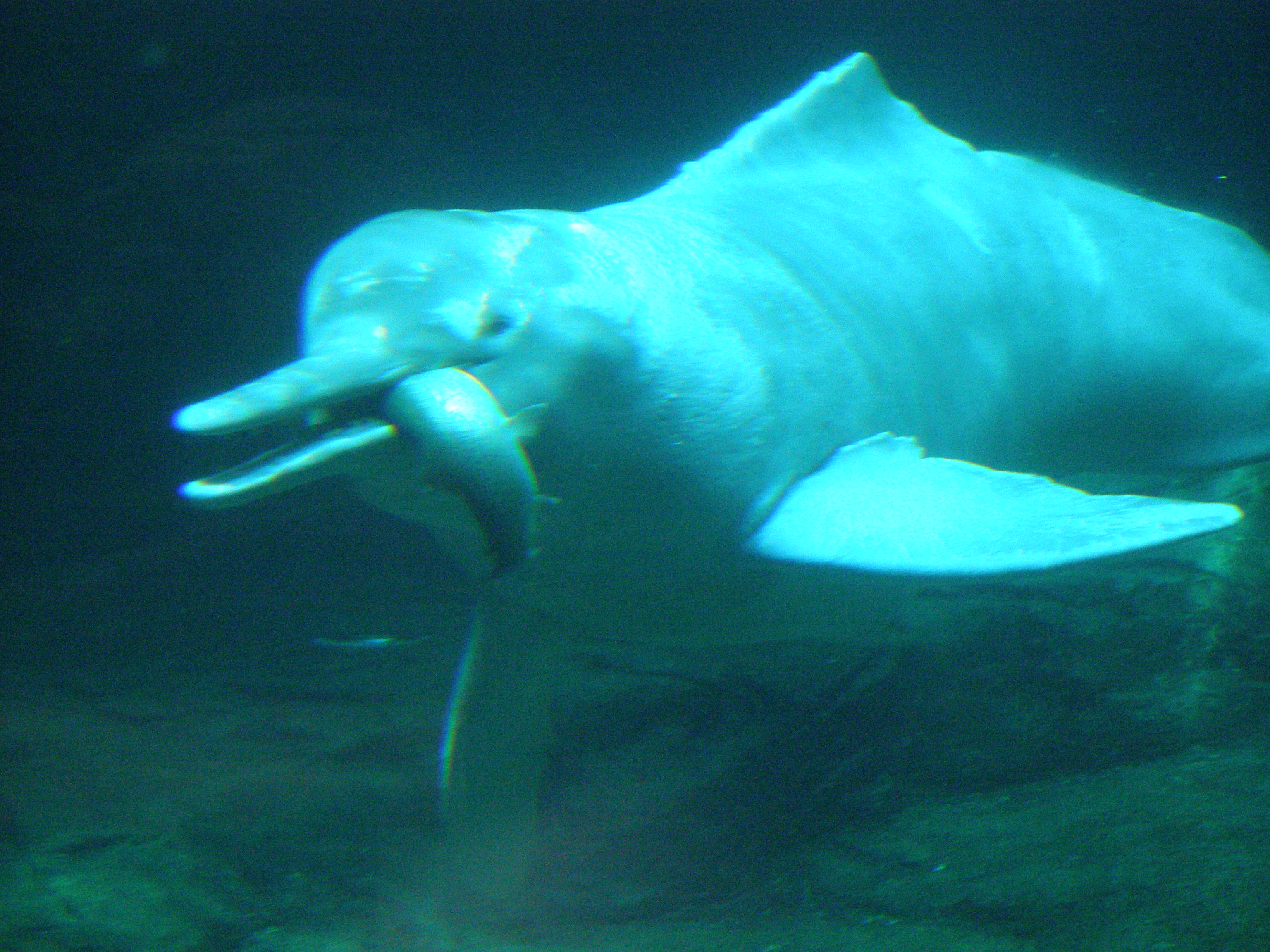
frank wouters, CC BY 2.0 https://creativecommons.org/licenses/by/2.0, via Wikimedia Commons
The igapó serve as nurseries for mother botos and their babies. Water in the igapó is relatively slow moving compared to the main river channel – it is easier for baby botos to swim in. And there is plenty of food for them.
Baby botos grow up in a world different from just about any other dolphin species. The river is the color of coffee, so botos rely on their sonar to find food, avoid hazards like fallen trees, and find their way around their world. (Animals with sonar use pulses of sound to detect objects under water.)
The social world of botos is unlike that of their marine cousins. They do not form groups or play and socialize with each other much like marine dolphin species do. Botos live on their own for much of their lives. The only long-term relationship between individuals is between a mother and her baby.
Botos are known for their pink color. Researchers have found that much of this pink coloration is caused by scar tissue. Male botos constantly fight with each other.
Unfortunately, these beautiful and interesting dolphins are not doing well in the wild. They are endangered. However, people who care about botos are working hard to study and protect them. By sharing what you’ve learned, you can help raise awareness about how special botos are.
Acknowledgements:
The author thanks Dr Tony Martin for sharing his expertise on botos.


